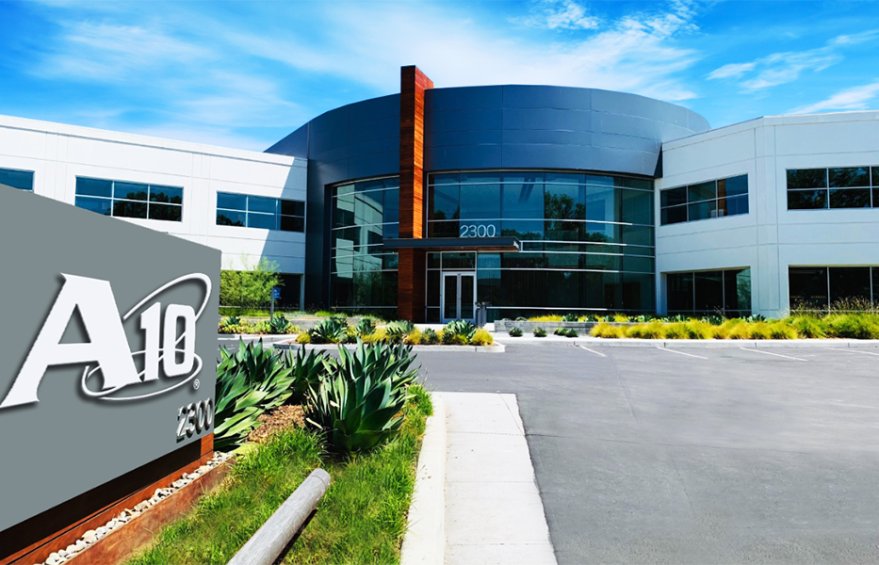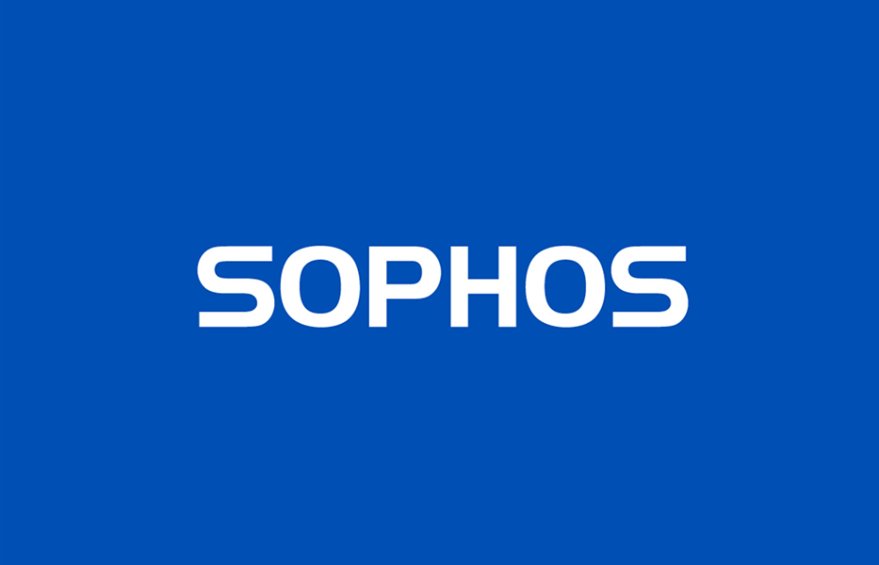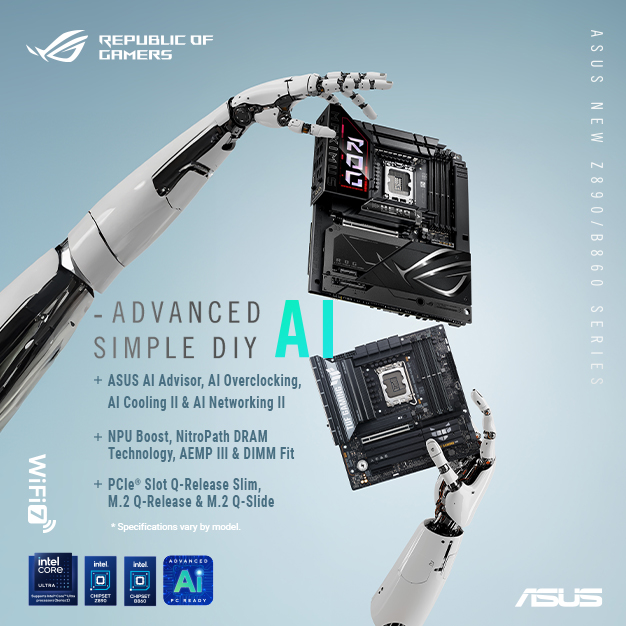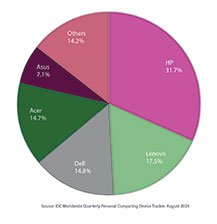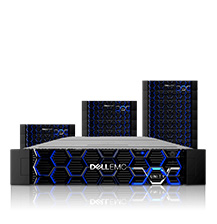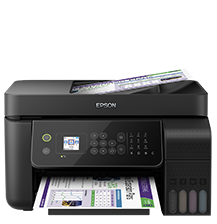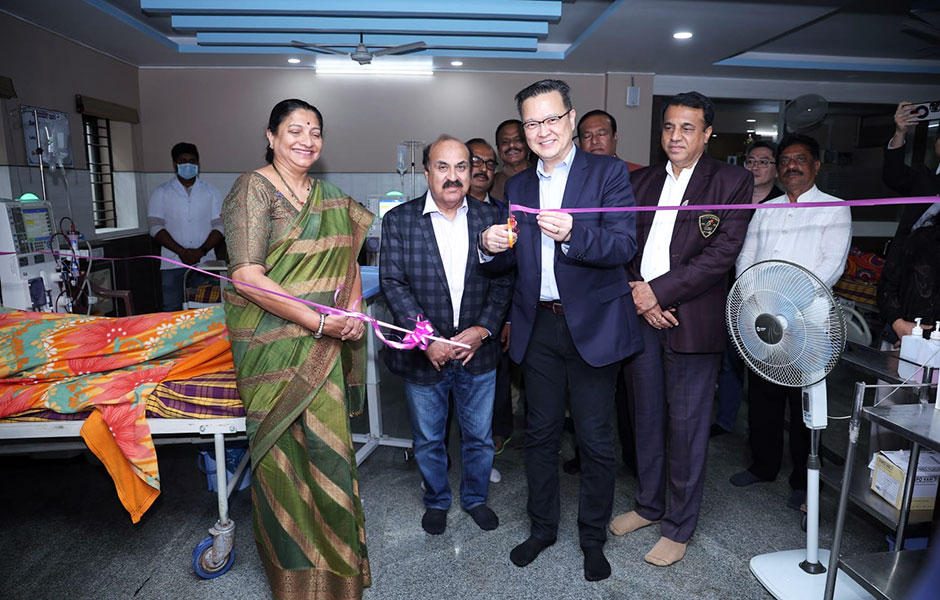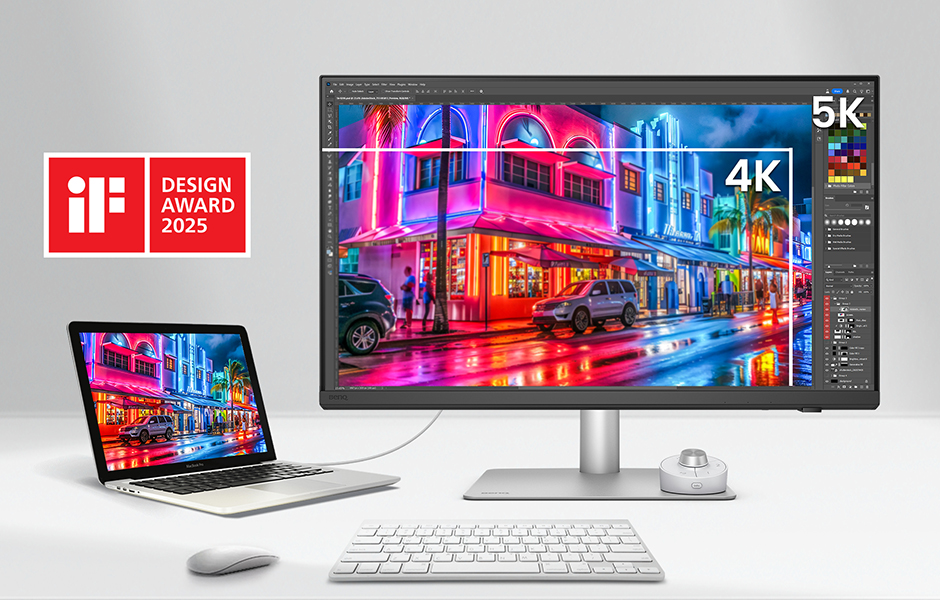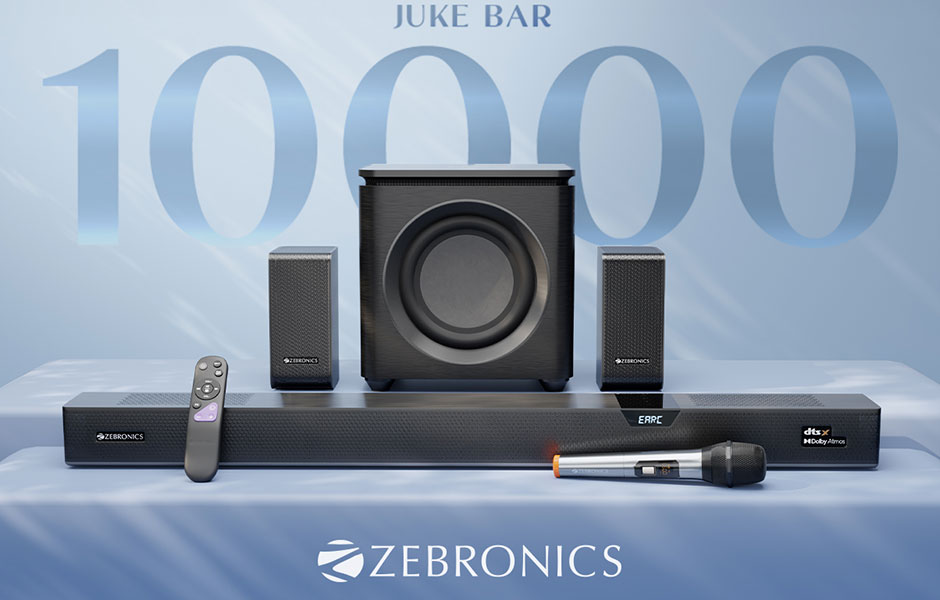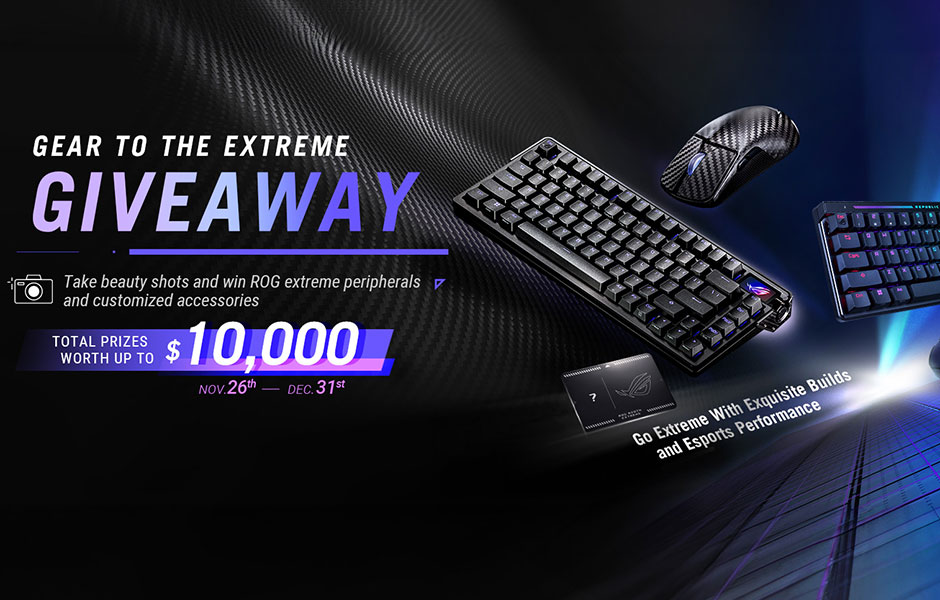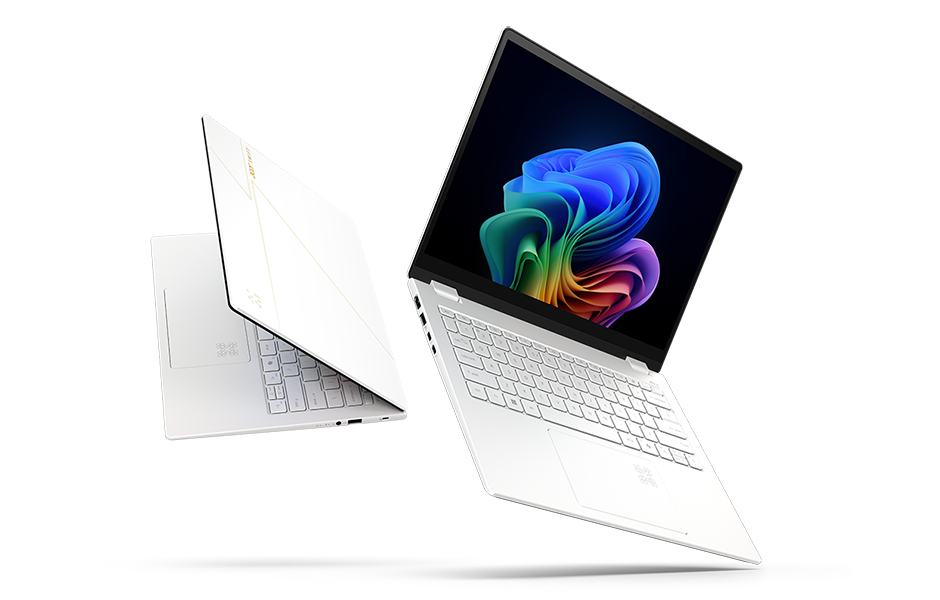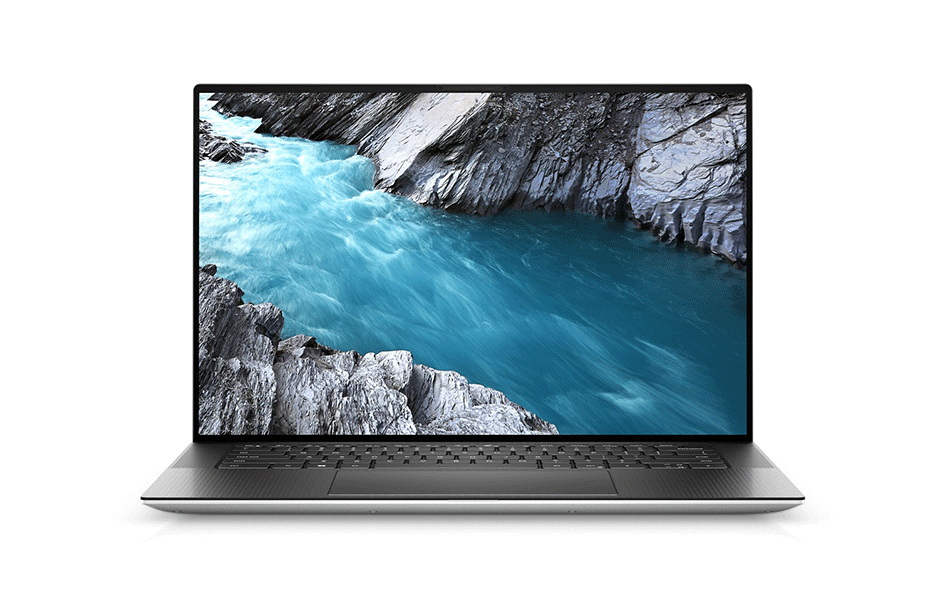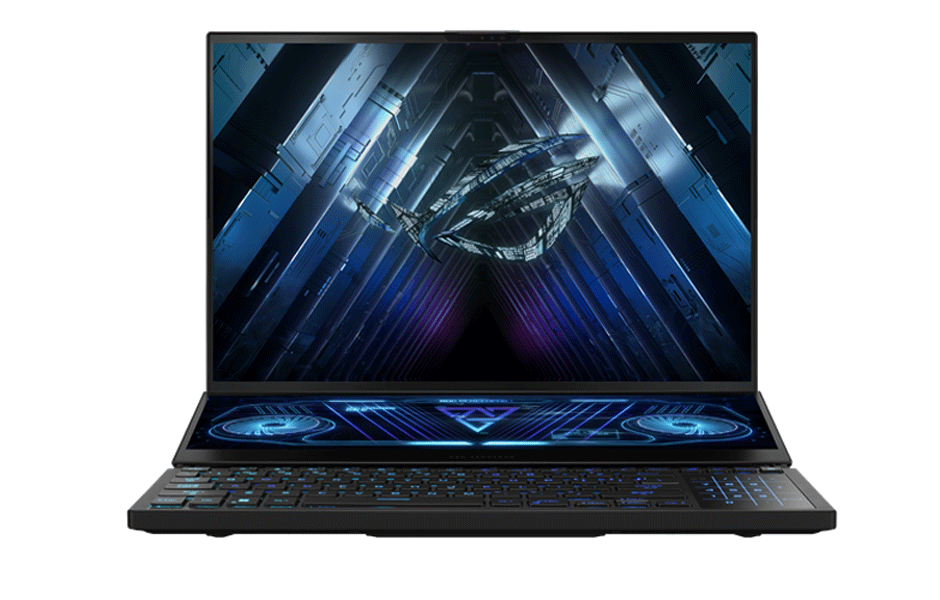Microchip starts shipping PolarFire FPGAs for defense and automotive sectors globally
Digital Edge Bureau 04 Mar, 2021 0 comment(s)
Microchip’s PolarFire FPGAs (field programmable gate arrays) are targeted at defense, aerospace and automotive sectors
In a significant move, the silicon major, Microchip, has started shipping the much talked about PolarFire FPGAs (field programmable gate arrays) in the global market. Automotive, defense, aerospace and industrial designers, who need automotive and defense-grade programmable logic solutions, can now order PolarFire FPGAs in volume production quantities.
PolarFire FPGAs qualify for both the Automotive Electronics Council Q100 (AEC-Q100) specification Grade T2 (-40°C to 125°C TJ) and military temperature grade (-40°C to 125°C TJ). PolarFire FPGAs deliver up to 50 percent lower power than competing solutions. The family of devices span from 100K Logic Elements (LEs) to 500K LEs and feature 12.7G transceivers.
These offerings extend Microchip’s low-power leadership as a supplier of FPGAs for diverse high-reliability markets. With their thermal and space design constraints, automotive, industrial and military applications deployed in harsh environments require solutions that offer power and space efficiency as well as cryptographic security. PolarFire FPGAs offer on-chip security features that enable secure communication, an encrypted bitstream, and a cryptographically secured supply chain, ensuring tamper-proof solutions for these market segments.
“Removing heat from a system is not free,” said Bruce Weyer, Vice President of Microchip’s FPGA Business Unit. “The less heat you move, the lower your total system costs become. In some cases, complete removal of fans from systems, which often have a low mean time between failure, is possible. Automotive and aerospace design engineers can now develop mid-range FPGA solutions with the lowest total power, highest reliability, and best-in-class security technologies, all at a lower total system cost”, elaborated Weyer.
Unlike SRAM-based FPGAs, Microchip devices can operate without fans and in some cases without heatsinks, simplifying the thermal design of the system and creating new opportunities for smaller, lighter designs. This is especially important in automotive applications such as blind spot detection, lane change warning systems and back up cameras. Additionally, the extended temperature range of military-grade devices coupled with state-of-the-art security enables developers to trust and add more compute power within a thermally constrained environments such as those found in advanced strategic weapons systems.



